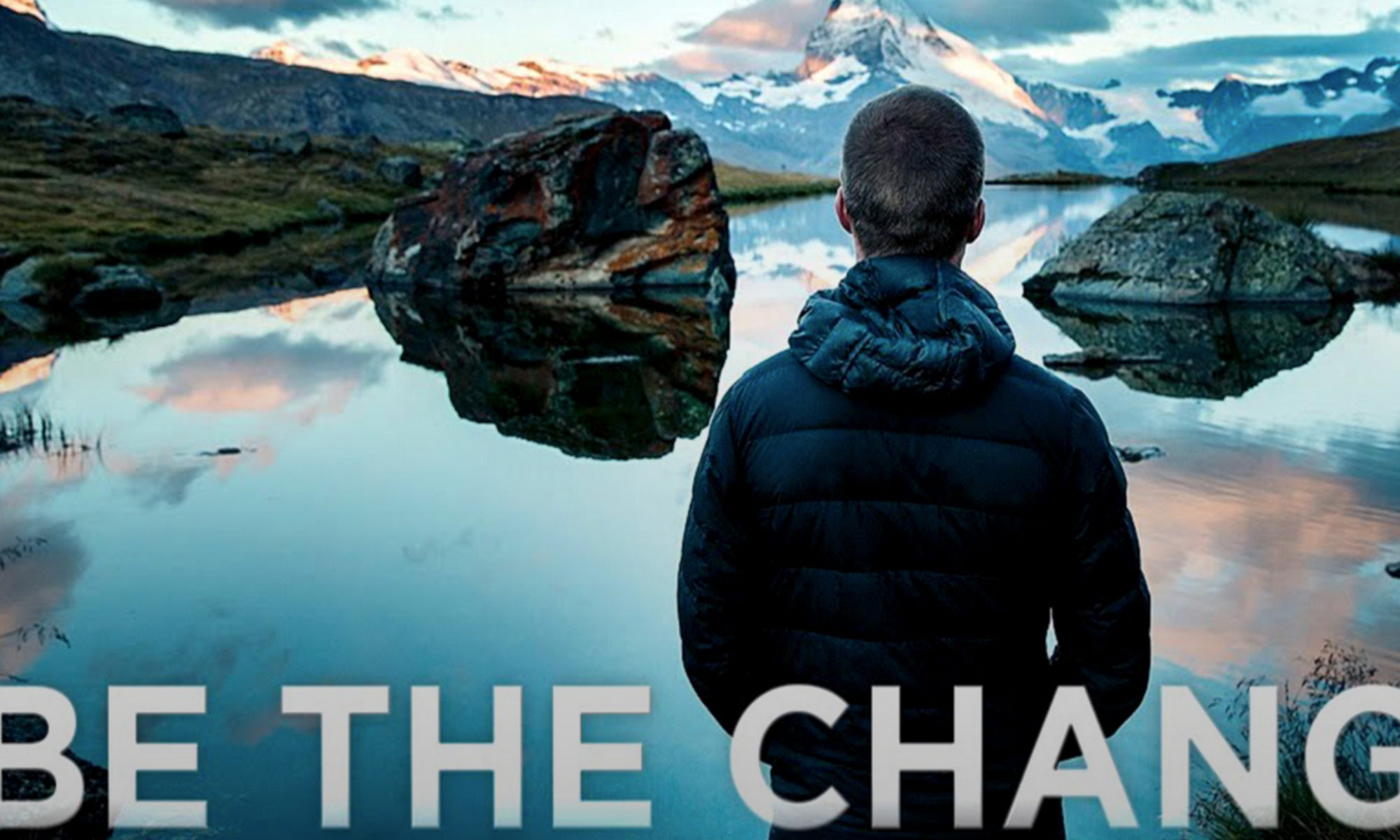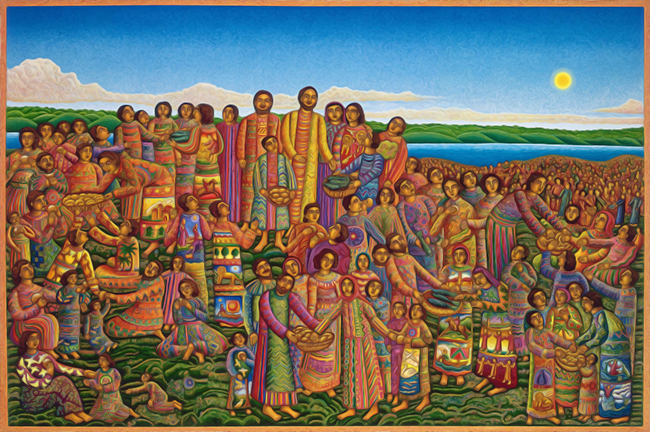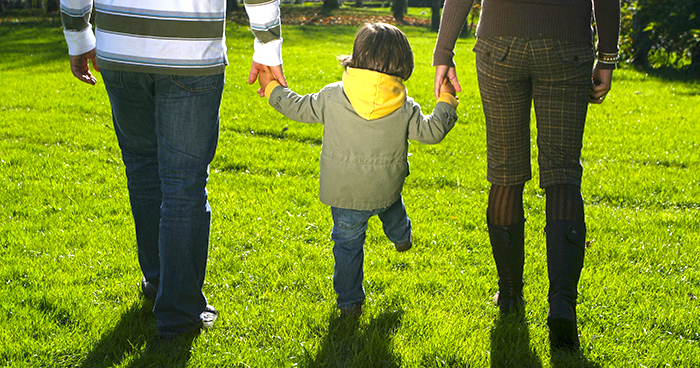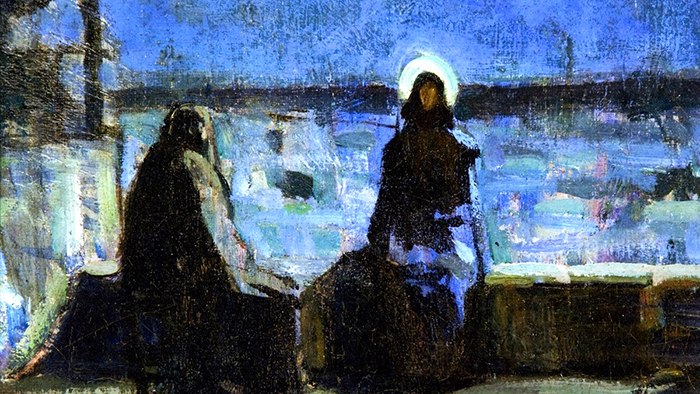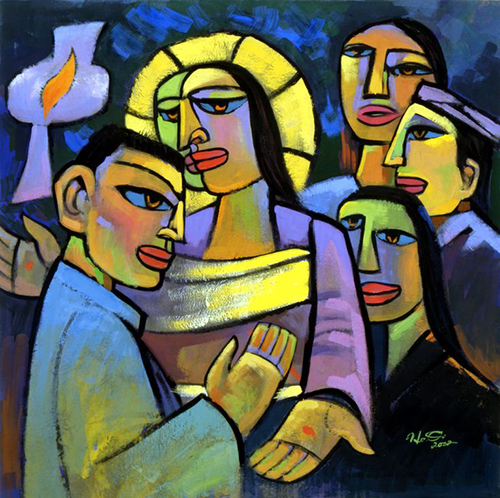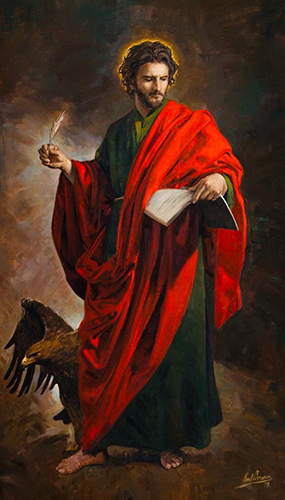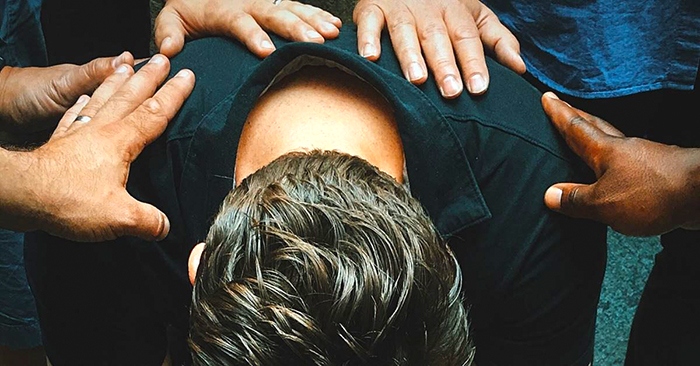
There has always been confusion about the gifts of the Spirit and its association exclusively with the ordained, not the laity. These gifts are historically the most underutilized and misunderstood gifts given to the Church and the Body of Christ by God; “And I will ask the Father, and he will give you another Advocate, to be with you forever. This is the spirit of truth, whom the world cannot receive because it neither sees him nor knows him. You know him because he abides with you, and he will be in you…But the Advocate, the Holy Spirit, whom the Father will send in my name, will teach you everything and remind you of all that I have said to you (John 14:16-17, 26). Many of the ordained teach that the “laying on of hands” is exclusively the clergy’s domain. Yet the Church has never taught this. The Catechism of the Catholic Church, the collection of the Church’s official teaching, says, “The Holy Spirit is the principle of every vital and truly saving action in each part of the Body. He works in many ways to build up the Body in charity by the many special graces (called ‘charisms’), by which he makes the faithful ‘fit and ready to undertake various tasks and offices for the renewal and building up of the Church.’ Whether extraordinary or simple and humble, charisms are graces of the Holy Spirit which directly or indirectly benefit the Church, ordered as they are to her building up, to the good of men, and to the needs of the world” (CCC 798-799). The laying on of hands is the charism of healing. The laity is the Body of Christ and, as such, are provided, as God graces, various gifts, and charisms, not for their gratification but for the greater glory of God in service to others.
